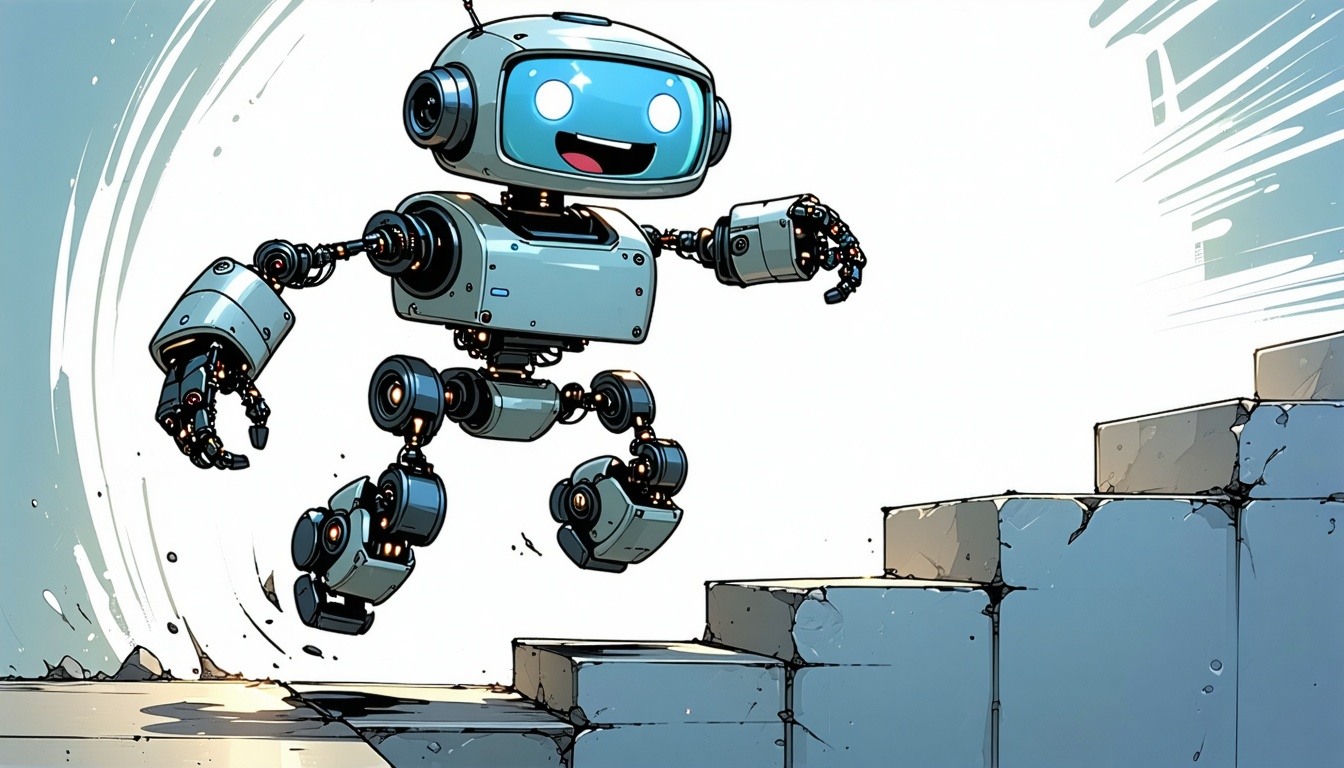
ART: Automatic Multi-step Reasoning and Tool-use for Large Language Models
36%20px.png?width=64&height=64&name=Mrs.%20Neura%20Transparent%20(Aperture)36%20px.png)
Hello, curious minds! 🧠✨ Today I'm going to break down an exciting AI research paper that shows how we can make language models better problem-solvers by teaching them to reason step-by-step and use tools - automatically!
Large language models (LLMs) like GPT can be surprisingly good at solving complex tasks with just a few examples. But they often struggle with multi-step reasoning problems (like math) or when they need external information. The researchers created a framework called ART (Automatic Reasoning and Tool-use) that helps LLMs tackle these challenges without needing specific training for every new task.
History
The journey to better reasoning in AI has been fascinating! 🚀 Traditional approaches to help LLMs with complex reasoning included:
- Few-shot learning: Showing the model a few examples of a task
- Chain-of-Thought (CoT) prompting: Manually crafting prompts that walk through reasoning steps
- Tool-augmented approaches: Giving models access to calculators, search engines, etc.
The problem? These approaches usually required human experts to carefully design task-specific prompts or fine-tune models for each new scenario. It's like having to teach someone how to use a calculator differently for each type of math problem!
How it Works
Think of ART as a language model's personal assistant that helps it solve problems methodically! 🧩
-
Task Library: ART maintains a collection of example problems and their step-by-step solutions across five skill categories (arithmetic, code, search, reasoning, and string operations)
-
Tool Library: ART gives the LLM access to helpful tools like search engines, code generators, and code execution environments
-
When facing a new problem:
- ART finds similar problems in its library
- It shows the LLM these examples to demonstrate how to break down the problem
- It helps the LLM generate its own step-by-step solution, automatically pausing when tools need to be used
-
Program Structure: Solutions follow a specific format (like a computer program) where each step is clearly marked, making it easy to identify when to use tools
The magic happens when ART seamlessly coordinates between the LLM's thinking and external tools! 🪄 It's like having a structured conversation where the AI says "let me search for that information" or "I need to run some calculations" at exactly the right moments.
The Results
The researchers tested ART on multiple benchmarks and saw impressive improvements! 📈
- ART consistently outperformed standard few-shot prompting by about 15 percentage points on tasks in the library
- On unseen tasks, ART still showed a 7% improvement over few-shot methods
- Tool use alone improved performance by about 12 percentage points compared to no tools
- ART was especially effective for arithmetic tasks, improving performance by over 21 percentage points
When compared with approaches that use human-crafted prompts, ART was competitive or better in most cases, all without needing task-specific prompt engineering!
Advantages and Disadvantages
Advantages ✅
- Flexibility: Works across diverse task types without task-specific training
- Adaptability: New tools can be added without retraining the model
- Human feedback: Allows for easy human corrections when needed
- Cross-task learning: Skills learned for one task transfer to similar tasks
- Interpretability: The step-by-step approach makes it easier to understand how the model arrives at answers
Disadvantages ❌
- Cascading errors: If one step has an error, it can affect all following steps
- Code generation limitations: Performance is limited by the quality of generated code
- Task selection challenges: Finding the right examples from the library isn't always perfect
- Not always better than human-crafted prompts: In some cases, carefully designed human prompts still perform better
- Requires some examples: Still needs a small set of examples for new tasks
Applications
This technology has exciting real-world potential! 🌐
- Education: Creating tutoring systems that show step-by-step solutions and adapt to different subjects
- Research assistants: Helping researchers analyze data and solve complex problems
- Customer support: Building systems that can reason through technical issues and use knowledge bases
- Programming assistance: Providing more sophisticated debugging and code generation
- Question answering: Creating more capable systems that can search for and integrate information
The ability to automatically break down problems, reason through steps, and use tools as needed could make AI assistants much more helpful for everyday users and professionals alike.
TLDR
ART (Automatic Reasoning and Tool-use) is a framework that helps language models solve complex problems by automatically breaking them down into steps and using tools like search engines and code execution when needed. Unlike previous approaches, it doesn't require task-specific training or manually crafted prompts. In tests, it significantly outperformed standard few-shot learning and matched or exceeded approaches with human-designed prompts. This makes AI systems more flexible problem-solvers across a variety of tasks! 🚀🔧🧠


